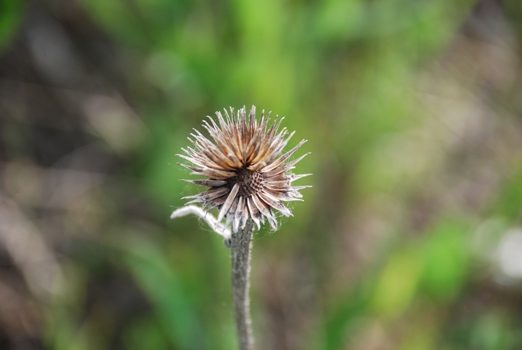
Hello, Echinacea lovers–
I’m Amanda Gallinat, a recent grad of Carleton College and brand new field assistant to the Echinacea project. After a quick transition from Northfield to K-Town (Kensington, to those of you who don’t live here) I am finally settling into the daily routine of seedling searches, lunch, and more seedling searches.
On Monday we paid a visit to Staffenson Prairie and memorized the scientific and common name of each plant species we saw. Just kidding! We did get an idea of the general composition of the prairie, as broken down into four groups: C3 grasses, C4 grasses, legumes and forbs. I managed to leave with the ability to identify a large handful of species, and I’ll be sure to update the Flog with my progress in learning all the rest!
Over the past few days, we’ve focused a lot of our energy on seedling searches, and it seems as though we newbies are really getting the hang of the procedure. So far we haven’t searched any sites brimming with seedlings, but we have all seen some fine examples and each group has had the life-affirming experience of finding and identifying a seedling, if only once.
We’ve also spent some quality time discussing independent project ideas. My primary area of interest is plant-pollinator interactions, and I am excited to spend this summer investigating how the diversity of pollen carried by pollinators differs between remnant sizes (design details will be posted soon, so check in!). This should fit well with three other independent projects relating to competition for pollination, and might give us insight into why an increased frequency of pollinator visitation in isolated populations of Echinacea does not correlate with an increased seed set. Think we can solve the mystery? Stay tuned for updates…
If you have any questions or words of encouragement, feel free to leave them in the comments!

Can’t wait to hear more about it! Sounds like a great project, my dear. How are you going to sample pollen/pollinator diversity?